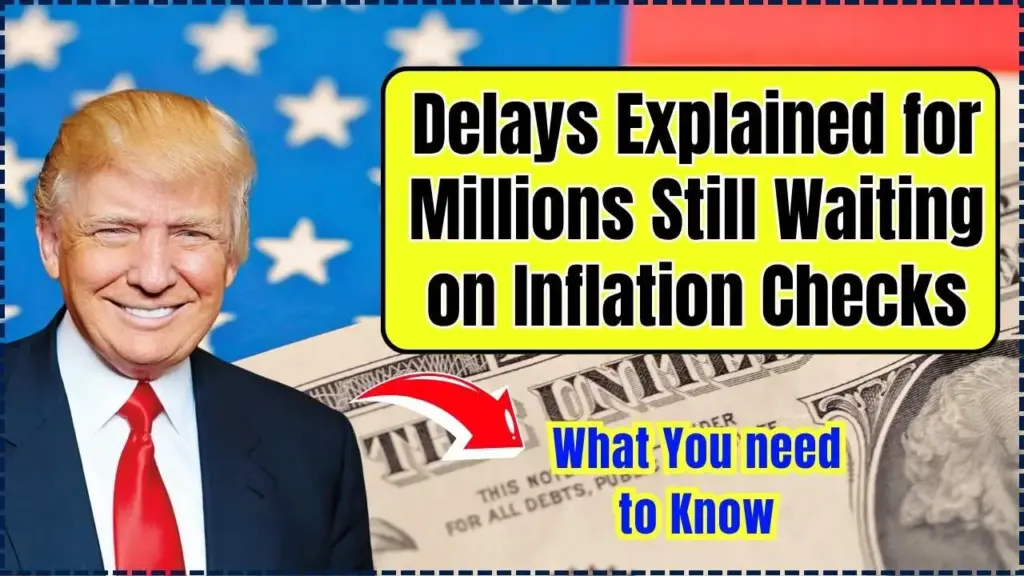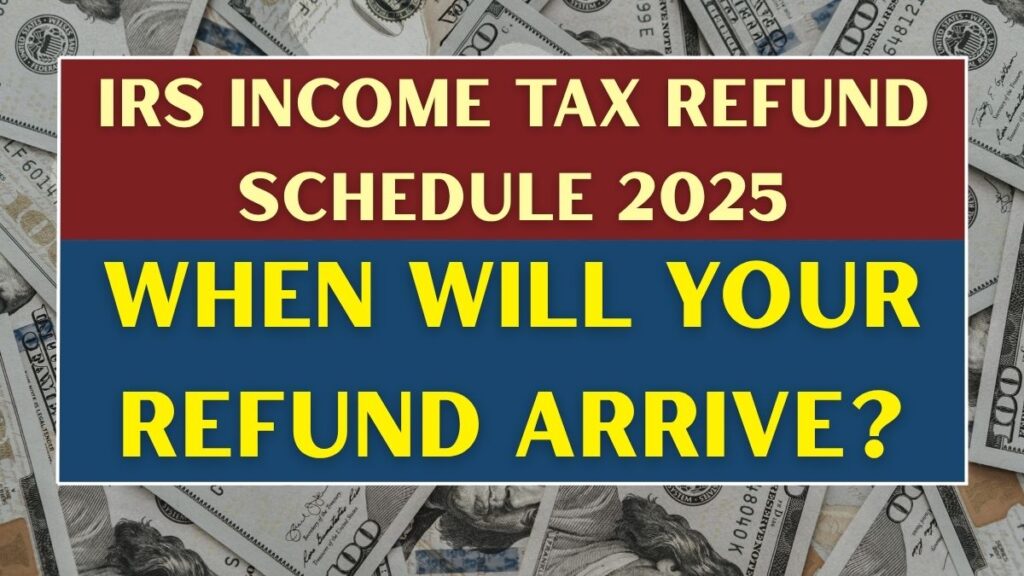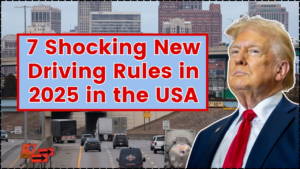Every time you slide into the driver’s seat, you expect the same familiar set of rules to guide you — speed limits, stop signs, seat belts, and the general flow of traffic. But as 2025 rolls in, drivers across the United States are discovering that the laws of the road are changing faster than ever. This year, new driving rules are taking effect nationwide, and some of them are so strict that a single mistake could get your license suspended on the spot.
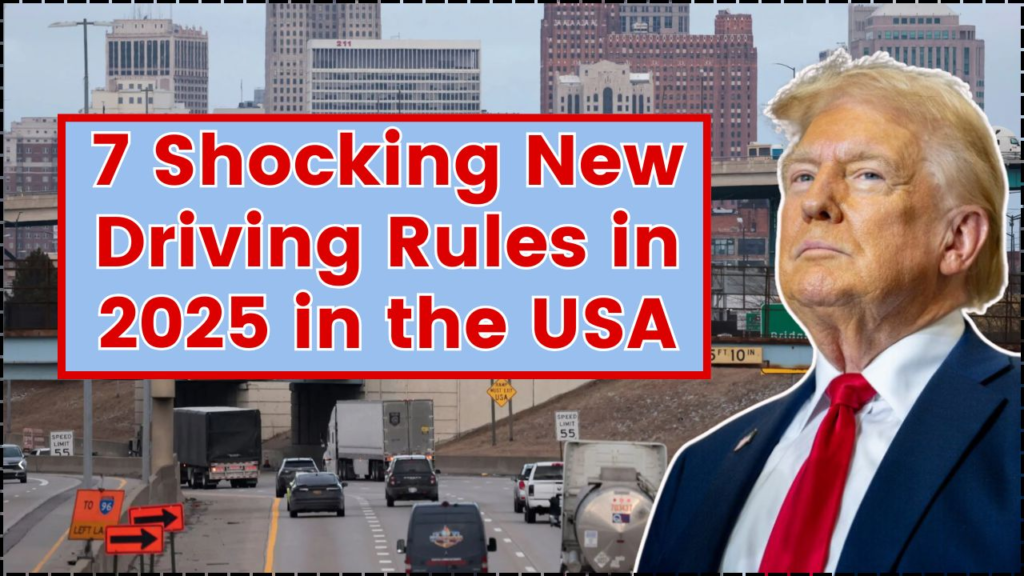
These aren’t minor tweaks buried in legal jargon. These are significant, high-impact changes aimed at curbing dangerous driving behavior, improving road safety, and cracking down on recurring traffic issues. From distracted driving bans to harsher penalties for speeding and reckless driving, many of these rules are catching motorists by surprise. Whether you’re a new driver or someone who’s been behind the wheel for decades, understanding these changes could mean the difference between staying on the road and losing your driving privileges.
Table of Contents
7 Shocking New Driving Rules in 2025 in the USA That Could Instantly Get Your License Suspended
In 2025, states across the country are tightening their grip on unsafe driving. What once resulted in a fine or warning may now trigger an immediate suspension or even criminal charges. Officials say these measures are designed to tackle the rising number of road fatalities linked to distracted driving, speeding, and impaired behavior. The message is simple: the era of leniency is over.
Below is a quick overview of the most significant changes taking place this year, followed by a deeper look into each rule and what it means for everyday drivers.
New Driving Rules in 2025
| Rule # | Offense | Key Penalty (Varies by State) | Why It Matters |
|---|---|---|---|
| 1 | Distracted driving (phone use, texting, video streaming) | Hefty fines; license suspension for repeat offenders | Phone distraction remains a top cause of crashes |
| 2 | Excessive speeding (especially in school and work zones) | Temporary suspension; possible jail time for extreme speeding | Protects pedestrians, students, and workers |
| 3 | DUI and impaired driving (including drugs and prescriptions) | Longer suspensions; ignition interlock devices required | Drug-related crashes continue to rise nationwide |
| 4 | Seat belt violations (especially with children) | Higher fines; potential court appearance | Enforces responsibility for all passengers |
| 5 | Reckless or aggressive driving (racing, tailgating, lane-hopping) | License suspension; potential jail time | Curtails behavior leading to deadly pileups |
| 6 | Move-over and emergency-zone violations | Fines exceeding $300; license points and suspension risk | Protects first responders and roadside workers |
| 7 | Enhanced teen-driver restrictions | Immediate suspension or extended probation for violations | Reduces risk among the most inexperienced drivers |
1. Stricter Distracted Driving Bans
Distracted driving is no longer tolerated in any form. In 2025, new laws make it illegal in most states to even hold your phone while driving — not just texting or calling. This includes checking notifications, using social media, or scrolling while stopped at a red light. Law enforcement agencies are equipped with better surveillance tools and dash-mounted cameras to spot offenders.
Repeat violations can now lead to license suspension after just two offenses in many regions. States are treating phone distraction with the same severity once reserved for reckless or drunk driving. The logic is clear: one distracted second can be fatal. Drivers who depend on their phones for GPS or music are being urged to use true hands-free systems or built-in dashboard displays only.
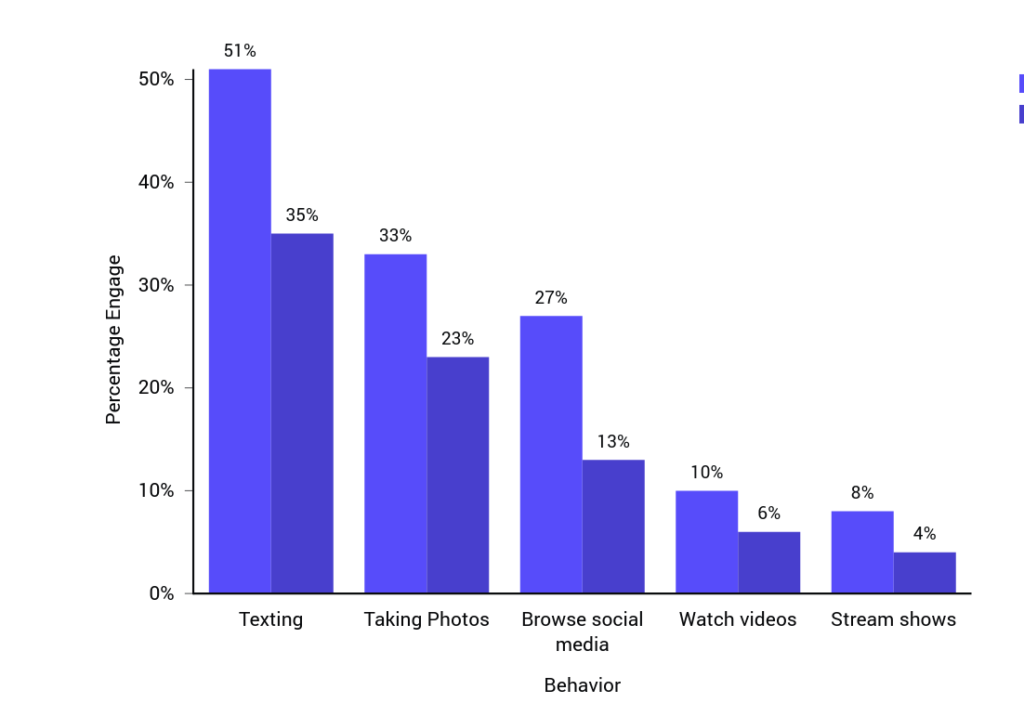
2. Harsher Penalties for Speeding
Speed limits are no longer mere suggestions. In 2025, many states have introduced a tiered penalty system where the severity of punishment scales with your speed. Going 10 mph over might get you a ticket, but going 20 mph over — especially in school zones or construction areas — can trigger an automatic suspension or even jail time.
Authorities are emphasizing “contextual speeding,” meaning penalties increase depending on where you are driving. For example, speeding through a residential neighborhood or near schools can now be treated as a reckless endangerment offense. Police departments nationwide have also rolled out more advanced radar and AI-based monitoring systems to catch speeders in real time.
Simply put, if you’re in the habit of cruising a little above the limit, 2025 is the year to kick that habit for good.
3. DUI and Impaired Driving Crackdowns
Driving under the influence has always been a serious offense, but in 2025, the definition of “impaired” has expanded. It no longer applies only to alcohol — it now includes prescription medication, marijuana, and other substances that can impair judgment or reaction time.
For first-time offenders, most states are mandating ignition interlock devices, requiring drivers to pass a breath test before their car can start. Repeat offenders face longer suspensions, higher fines, and even mandatory rehabilitation programs. In some jurisdictions, refusing a breathalyzer test is now considered an admission of guilt, leading to immediate suspension.
The focus is on prevention rather than punishment. Lawmakers hope that stricter enforcement will deter drivers from taking even minor risks with substances before getting behind the wheel.
4. Seat Belt Enforcement Upgrades
Seat belt laws are among the oldest safety measures, but 2025 brings a fresh wave of enforcement. Officers can now pull you over solely for not wearing a seat belt, and the penalties are harsher than ever. Fines start at $250 in many states, and if minors are unbuckled, the driver could face additional charges or court appearances.
Authorities have emphasized that seat belt violations are a simple indicator of general road discipline. Drivers who neglect this basic safety step are statistically more likely to engage in other risky behaviors. The takeaway is simple: buckle up — every passenger, every trip, every time.
5. Reckless and Aggressive Driving Laws
Reckless and aggressive driving are being redefined under 2025’s stricter standards. Tailgating, frequent lane-switching, street racing, brake-checking, and cutting off other vehicles can now be classified as criminal acts rather than minor violations.
For first-time offenders, the penalty can include suspension of driving privileges and mandatory safety-course attendance. Repeat offenses may lead to fines in the thousands and even short jail sentences.
Law enforcement officials have also begun using in-car footage and public traffic cameras to track repeat offenders. This means that even if you evade an officer in the moment, video evidence can still lead to a mailed citation or an automatic suspension notice later.
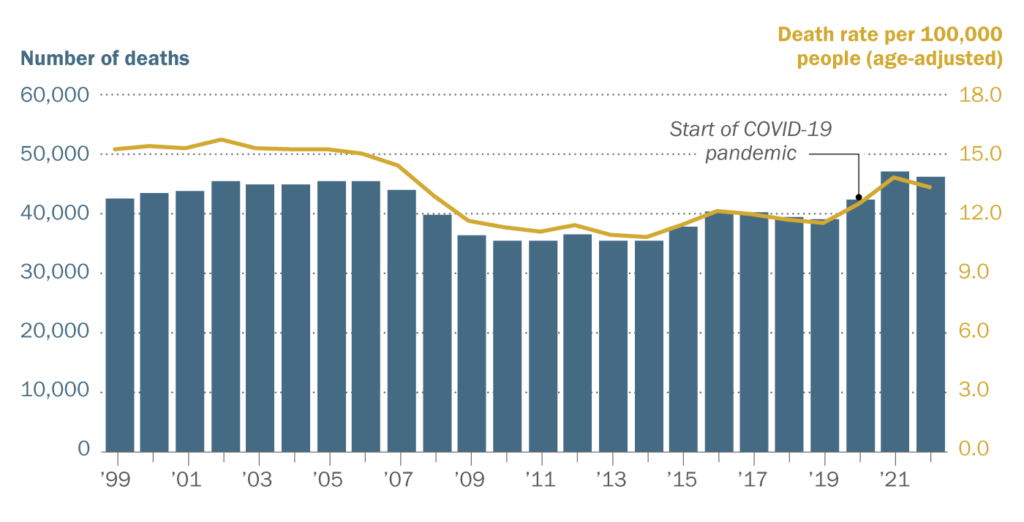
6. Move-Over and Emergency-Zone Rules
If you see flashing lights ahead, moving over isn’t optional anymore — it’s mandatory. In 2025, nearly every U.S. state has adopted stronger “Move Over” laws that require drivers to change lanes or slow significantly when approaching emergency vehicles, tow trucks, or maintenance crews parked on the roadside.
Failure to comply can result in fines over $300, points added to your driving record, and in some cases, suspension of your license. The reasoning behind this rule is to protect the growing number of roadside workers who are killed each year by inattentive drivers.
Drivers are urged to stay alert, anticipate stopped vehicles, and never assume it’s safe to pass at full speed. Slowing down could literally save someone’s life — and keep your license intact.
7. Enhanced Teen-Driver Restrictions
Teen drivers are facing the toughest regulations yet. The 2025 changes include earlier curfews, stricter passenger limits, and extended probationary periods under graduated licensing programs. In many states, teens caught driving after curfew or with unauthorized passengers can have their licenses suspended immediately.
Parents are being held more accountable too. In some jurisdictions, guardians of underage drivers can face fines or increased insurance rates if their teen violates these laws.
The aim is to reduce the high crash rates among young drivers, who are statistically more likely to engage in risky behavior due to inexperience and distraction. These new rules reinforce that driving is a privilege — one that must be earned and maintained through responsibility.
What This Means for Everyday Drivers
These new 2025 rules reflect a cultural shift in how America views road safety. For decades, traffic violations were treated as administrative nuisances — inconvenient but manageable. Now, lawmakers are recognizing that driving behavior directly impacts public health and safety.
If you’re an everyday commuter, the message is clear: treat driving as a serious responsibility. Review your state’s updated handbook, use your phone only through hands-free systems, and drive defensively at all times. Remember that the line between a warning and a suspension has never been thinner.
Some practical steps to stay compliant include:
- Mount your phone securely and avoid touching it while in motion.
- Always slow down near schools, crosswalks, and work zones.
- Never drive if you’ve had even a small amount of alcohol or medication that affects alertness.
- Make sure everyone in your car wears a seat belt before starting the engine.
- Keep calm in traffic — aggression can cost you your license.
- Teach teenage drivers about these updated rules early on.
90% VA Disability Benefits Just Changed for November 2025 – See What You’re Owed Now
Conclusion
The 2025 driving regulations are a wake-up call to American motorists. The government’s goal is not just to collect fines, but to save lives by promoting safer, more disciplined driving habits. With these rules in effect, even a momentary lapse in judgment can lead to a suspended license, higher insurance costs, and lasting consequences.
While some may view these laws as harsh, they serve as a reminder that driving is a privilege tied to responsibility. Staying informed, alert, and cautious on the road is now more important than ever. So before you start your engine, take a moment to adjust your mirrors, silence your phone, and remind yourself of the new rules — because in 2025, one careless mistake could stop your journey before it even begins.


